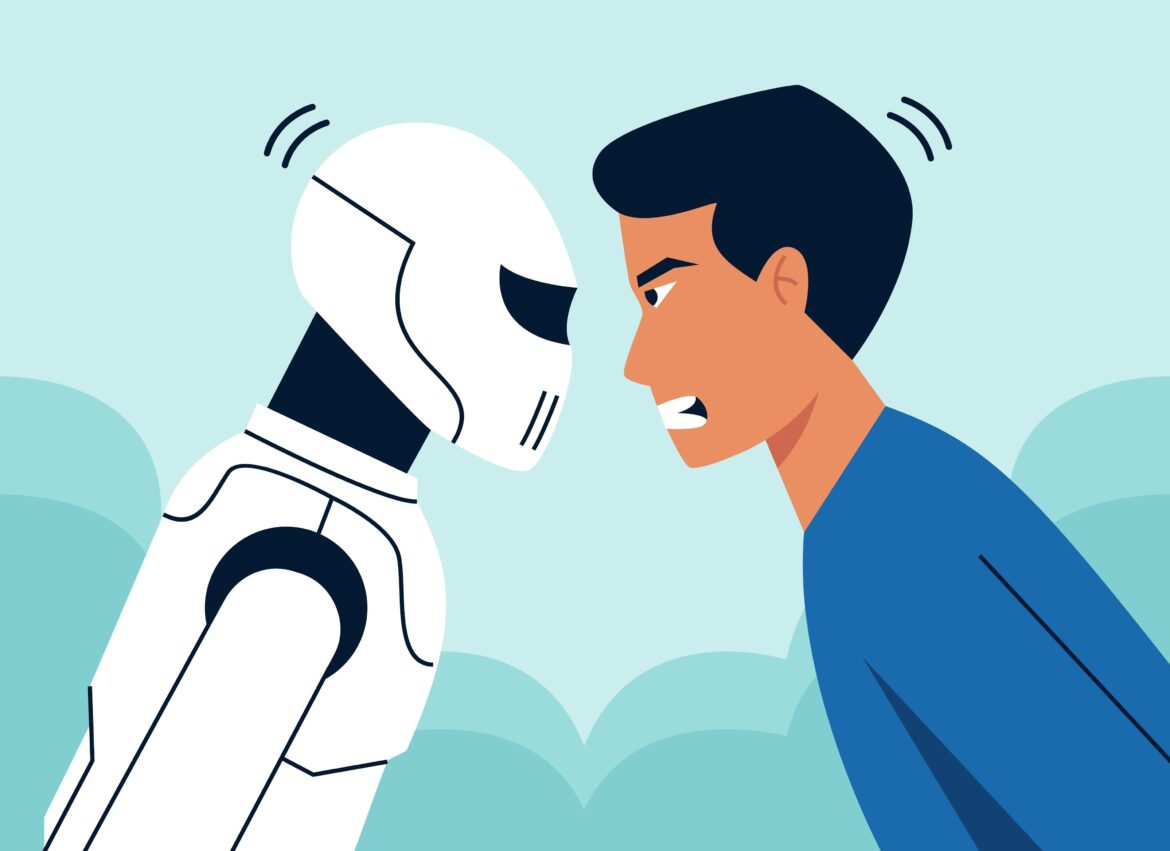There’s a moment in every technological shift where the polite illusions fall away. The tone changes. The gloves come off.
Shopify CEO Tobi Lütke reached that moment last month, when he issued a blunt internal memo to staff declaring that artificial intelligence is no longer optional. “Reflexive AI usage is now a baseline expectation at Shopify,” he wrote. It was soon leaked. Rather than deny it or retreat, Lütke posted it himself on X, stating: “I heard this internal memo of mine is being leaked right now, so here it is.”
It’s nice to see such clarity, and candor, from the CEO of a major employer on an issue many view so contentious. And it left many people gasping.
The memo, now widely circulated, laid out a clear, top-down mandate. Every employee is expected to use AI, learn AI, and incorporate AI into their work. AI should be central to product prototypes. It will be assessed in performance reviews. And before any team requests more staff or resources, they are to ask — and answer — an increasingly uncomfortable question: Why can’t AI do this job instead?
For HR professionals and business leaders, this memo wasn’t just a peek inside Shopify’s culture and position on AI use. It was more of a signal flare, a glimpse into where workforce strategy is headed. And depending on your point of view, it was either a declaration of war or a map to the future.
Here’s why I think it was the latter.
The productivity imperative
There’s a lot of hand-wringing about artificial intelligence — and not without reason. Concerns about job displacement, ethical use, and unintended consequences are legitimate. But the economic reality is this: AI is improving rapidly, and the companies and professionals that harness its capabilities will, in most cases, outperform those that don’t.
Lütke’s memo doesn’t sidestep this. It leans into it. He calls stagnation “slow-motion failure” and makes a case that AI literacy is as fundamental today as knowing how to use email was in the early 2000s.
He’s not threatening layoffs or announcing automation plans. Instead, he’s issuing a challenge: If AI is a powerful tool, why wouldn’t we use it?
From a leadership perspective, that is not an unreasonable stance. I’d argue it is very pragmatic.
Rewriting the rules of workforce planning
The most consequential line in the memo might be this: “Before asking for more Headcount and resources, teams must demonstrate why they cannot get what they want done using AI.”
That’s a radical departure from traditional org design. For decades, the default solution to increased workload has been to hire. More people. Bigger teams. Higher budgets.
Now? The question flips. What would this look like if an autonomous AI agent were already on the team?
It reframes the hiring process around capability, not headcount. It requires team leaders to think like technologists — evaluating process bottlenecks, AI suitability, and automation potential before drafting a job description and budget ask. For HR leaders, this means workforce planning is no longer a headcount forecast; it’s a skills-and-systems assessment.
It may sound cold, but it’s also efficient. It avoids bloated org charts. It forces clarity of purpose. And it invites creativity: not “how do we hire someone to do this” but “how do we design this work in a smarter way?”
From AI curiosity to AI competency
Lütke’s memo also underscores another opportunity: while many companies are “experimenting” with AI, few are truly integrating it. There’s a lot of dabbling — using ChatGPT for email drafts or summarizing meeting notes — but not nearly enough transformation.
Shopify is pushing for full integration. AI is to be embedded in prototypes, evaluated in performance reviews, and discussed openly in Slack channels. The tone is clear: learning to use AI well is a skill. And like any skill, it takes time, effort, and feedback to develop.
This has big implications for HR. Talent development must now include AI fluency. Learning and development programs need to teach not just how AI works, but how to prompt it, evaluate it, and collaborate with it. Peer reviews may soon include lines like: “Demonstrates creative and effective use of AI tools.”
If we don’t help our teams build AI competence, our competitors will. And they’ll do it faster, cheaper, and with fewer human bottlenecks.






